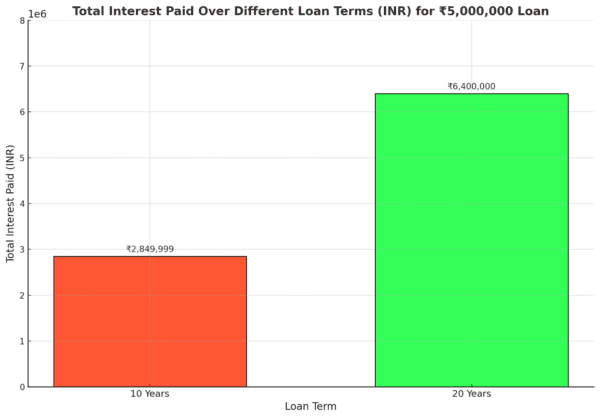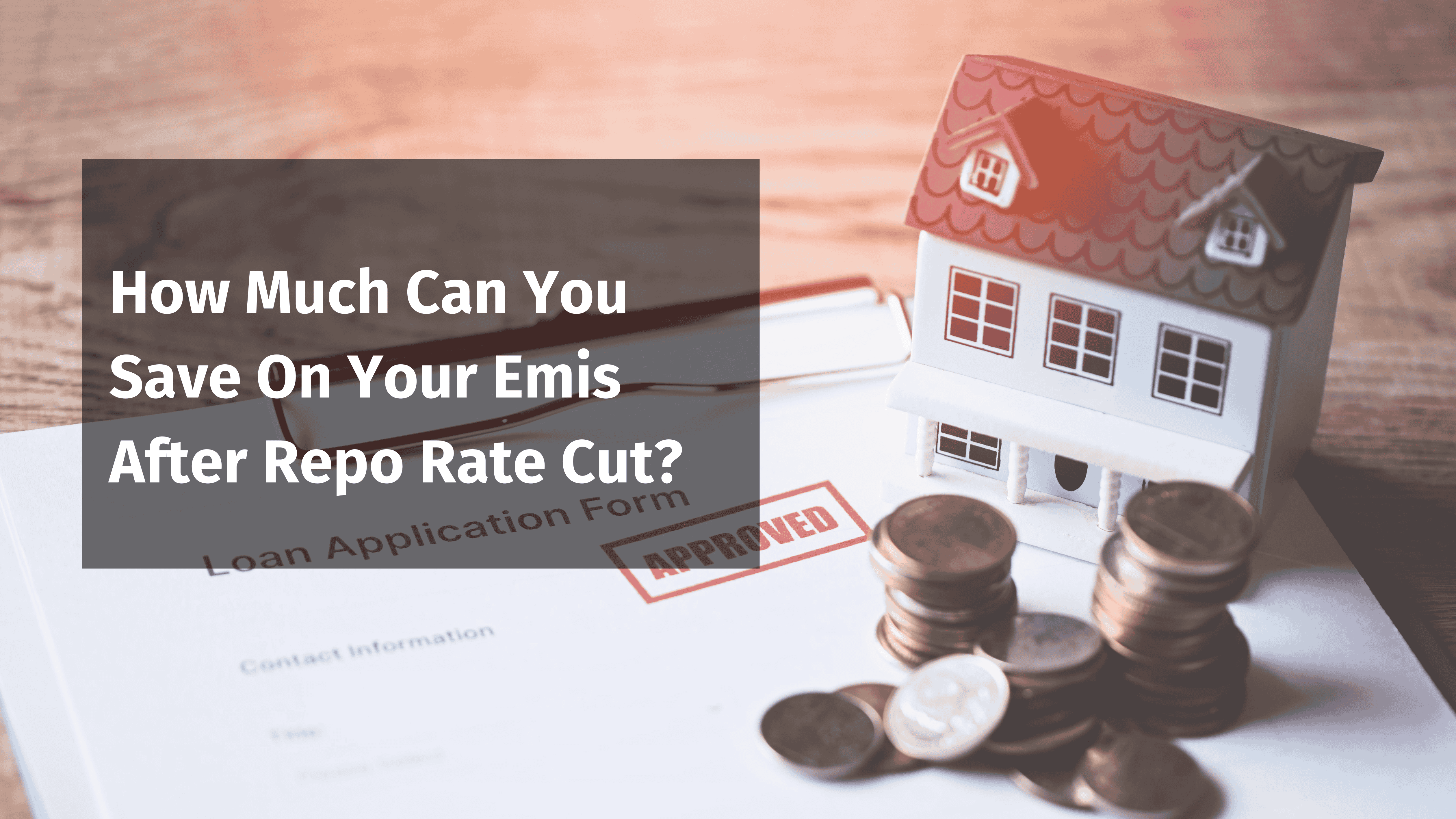Desire is a very fundamental to human nature and satisfying these desires comes at a cost. Sometimes, this cost is financial, it exceeds what we are capable of affording. This is where the loans come in.
Whether it’s for a house, car, business, or other big-ticket item, the ability to borrow money enables us to buy major assets we may not otherwise be able to afford upfront.
But how can you determine when borrowing crosses the line into too much debt? When the loan which is supposed to serve us, enslaves us?
In this article, we’ll explore how to figure out when a loan is too big and what you should keep in mind before deciding to take one.
Fiscal Discipline and size of loan
Any loan, big or small, short or long term, requires fiscal discipline. You can’t look at a loan in isolation – it needs to be considered as part of your overall financial picture and repayment abilities both now and in the future. If you plan to take out multiple loans, look at the total instalments and make sure it aligns with your budget.
Bigger assets often come with bigger loans. However, some of us may find ourselves uneasy with the idea of taking on substantial debt. In such cases, the inclination is to minimise the loan amount by making significant down payments. On the flip side, there are situations where borrowers can barely muster the initial commitment amounts and opt for the maximum loan they’re eligible for.
The Tenure of Loan
The maximum home loan tenure offered by all major lenders is 30 years. The longer the tenure, the lower is the EMI, which makes it very tempting to go for a 25-30-year loan. However, it is best to take a loan for the shortest tenure you can afford. In a long-term loan, the interest outgo is too high. In a 10-year loan, the interest paid is 57% of the borrowed amount over the loan tenure. This shoots up to 128% if the tenure is 20 years.
10-Year Loan with 57% Interest: Suppose you secure a loan and decide to repay it within a decade, the cumulative interest over the loan’s tenure will amount to 57% of the principal borrowed. For instance, if you’ve borrowed ₹1,00,000, over the span of 10 years, you’d reimburse the initial ₹1,00,000 along with an extra ₹57,000 as interest, culminating in a total repayment of ₹1,57,000.
20-Year Loan with 128% Interest: Opting to stretch the loan’s repayment period to 20 years markedly elevates the total interest expenditure. In this scenario, the aggregate interest dispersed throughout the loan’s duration is 128% of the sum borrowed. Hence, for the identical loan of ₹1,00,000, you’d be returning ₹1,00,000 in principal and an additional ₹1,28,000 in interest, aggregating to ₹2,28,000 over 20 years.
Sometimes, it may be necessary to go for a longer tenure. A young person with a low income won’t be able to borrow enough if the tenure is 10 years. He will have to increase the tenure so that the EMI fits his pocket. For such borrowers, the best option is to increase the EMI amount every year in line with an increase in income.
Don’t eat more than you can chew
Our wants often exceed our means. Just because you’re approved for a certain loan amount doesn’t mean you should automatically borrow the maximum. Look carefully at your income sources and expenses, and avoid pushing your debt-to-income ratio too high. While lenders may approve us for more, we need to determine what is viable for our unique situation.
Avoid Impulse Borrowing
It’s easy to get tempted into impulse purchases, but this can be extremely dangerous with large loans for items like homes. Big financial commitments require thorough planning and research – don’t rely on whims. Crunch the numbers and make sure you can truly afford the loan.
Maintaining Financial Stability
Financial prudence dictates that the total monthly EMIs should ideally not exceed 45-50% of our total monthly net income from all sources. This ensures that we remain well within our means and can navigate both planned and unplanned contingencies. Additionally, it safeguards against potential interest rate fluctuations, ensuring the sustainability of our cash flows.
Diversification and Long-Term Planning
Furthermore, it’s essential to account for other expenses like insurance premiums and plan for emergencies, health setbacks, and retirement within our cash flow. Diversification is key in managing our debt portfolio, encompassing a healthy mix of secured and unsecured loans, along with active credit card management.
In conclusion, before embarking on the journey of borrowing, it’s paramount to understand our motivations, plan our repayment strategies, and diversify our debt portfolio wisely. By doing so, we can tread the path of financial empowerment while ensuring that loans remain tools for progress rather than burdensome obligations.










